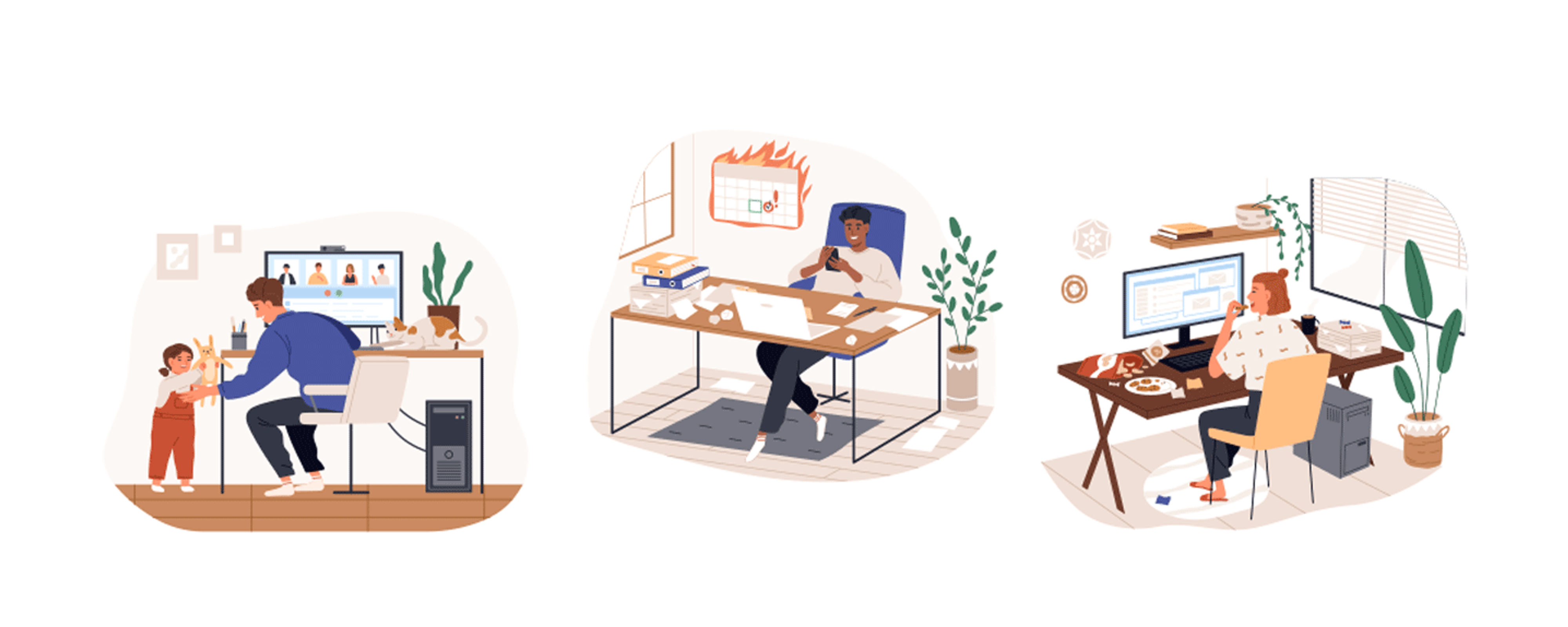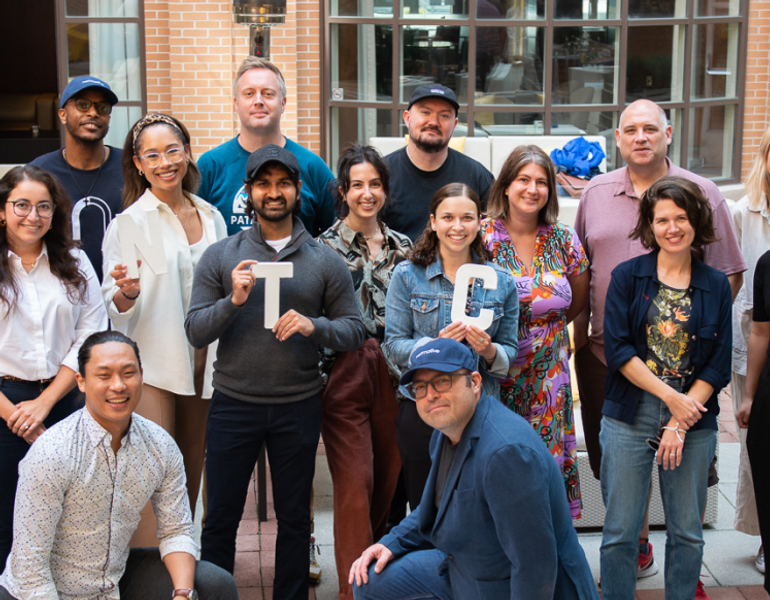How To Create an Excellent Distributed Working Culture Through User Research
This article will share
- How to gather evidence on what is working well and what could be improved for your teammates, in particular around distributed work
- How to action on this evidence
In March 2020, the leadership team at Normative sat at our board table and decided to shut our Toronto studio “...for two weeks, and then re-assess week by week.” Someone laughed and said “Two weeks?! Hopefully we’re back together by then!” In retrospect, this is funny for a myriad of reasons. But two things have remained true: we continue to make decisions through continually re-assessing, and we are passionately enthusiastic about working together (wherever we may be).
We approach our team experience like we approach building products - by gathering evidence, and then making the best decisions we can based on that evidence. In proper customer development fashion, we needed to “get out of the building” to understand the needs of our users, the team - literally and actually!
How To Gather Evidence
Fortunately, we had established two robust team engagement collection methods: an ongoing Pulse survey that people can fill out any time, and a twice yearly Engagement survey. Both surveys are anonymous, and serve different purposes: the Pulse to capture ad hoc thoughts and feelings, and the Engagement to provide benchmarking and trends over time. These surveys generate evidence that empowers evidence-driven decision-making at the leadership level.
Through the establishment of these surveys, and a proven track record of acting on insights, our team was primed to offer regular, candid feedback, and so we crafted a short “Remote satisfaction survey” and asked the team to complete it.
This allowed us to capture:
- What was working well
- What was not working well
- How teammates were adapting to new ways of working
- What gaps could be easily filled (quick wins)
- What more complicated needs existed (further exploration)
- Patterns emerging
We used a mix of multiple choice and open ended questions, and created a space for people to share their problems, needs, and things that were working well. We decided the survey must be anonymous in order to allow teammates freedom to share any feelings good or bad, and give critical and direct feedback without fear of judgment. The data from this survey created a baseline that we could test against in future surveys, and also generated prompts that project leads and managers could use in 1:1’s to gather more qualitative evidence.
Here is a template of a survey you can use with your team.
The result of this survey was a presentation deck that was transparently shared back to the company and used for co-design sessions. It’s critical to share back the learnings, and action on them, in order to gain trust and showcase the value of receiving feedback.
How to Action on Team Evidence
Now that we had our survey results, we understood how specifically people were struggling. We ran a co-design exercise in Mural where we prioritized, then plotted the prioritized issues against Low / High effort, and Low / High value. We then identified our quick wins, and our long term plans to action against.

The result of these sessions were lists of problems and opportunities that we co-designed solutions against

The quick wins were easy, solvable within a matter of days. The juicier problems, however, took some more work; we needed to uncover deeper issues at play…
Read here for part two and learn our most significant learnings through employee research and what we have implemented that has increased team happiness.
Want to talk about research methods for happier teams, and better products? Reach out to Laura Shaw, Research Director at Normative.




